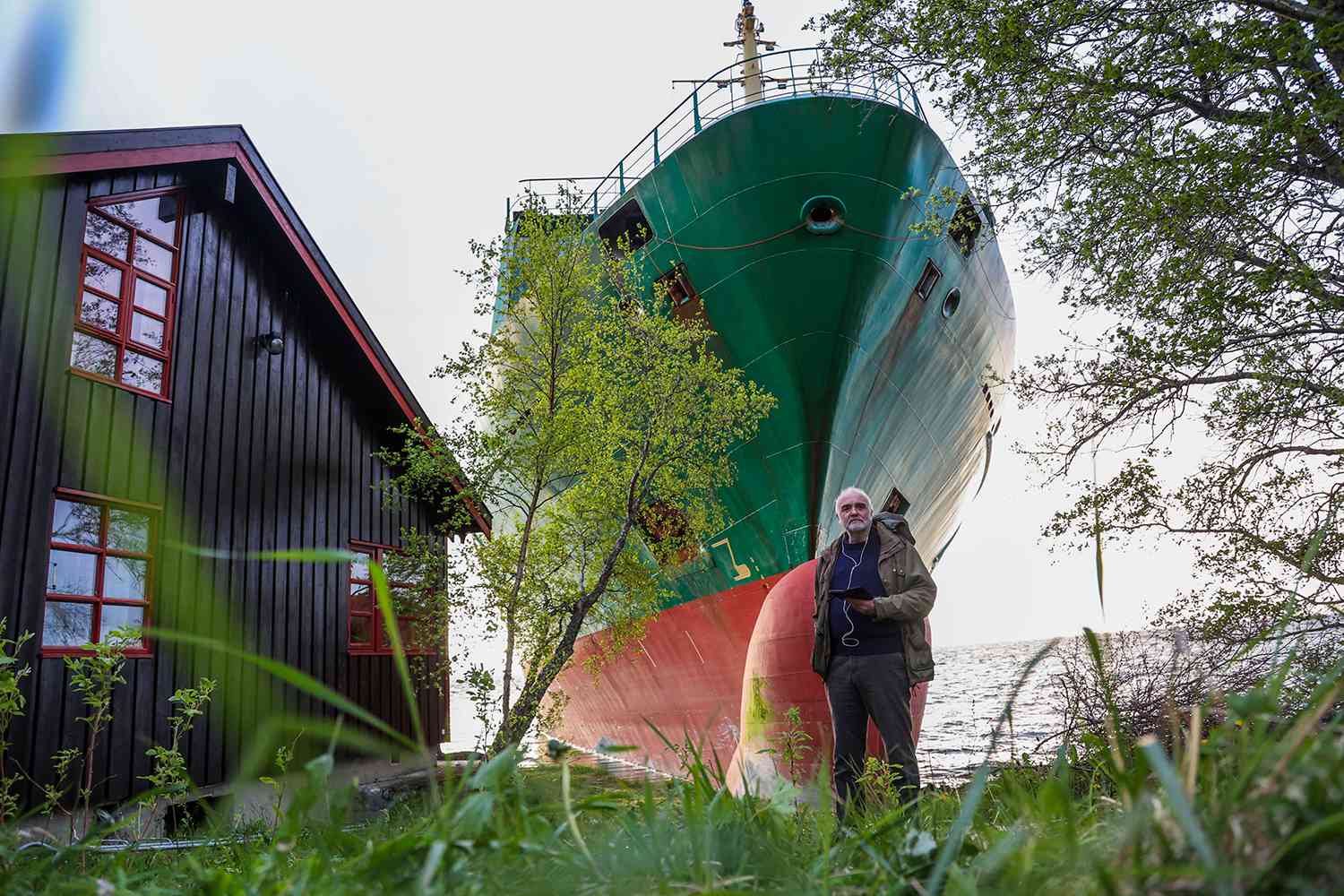
What happened in the Norway container ship crash? The Norway container ship crash was a significant maritime incident that shook the shipping industry. On a foggy morning, a massive container ship collided with a smaller vessel near the coast of Norway. The impact caused severe damage to both ships, leading to a major oil spill and disrupting marine traffic. Emergency response teams were quickly dispatched to contain the spill and rescue the crew members. This accident raised serious questions about maritime safety protocols and the environmental impact of shipping. Understanding the causes and consequences of this crash is crucial for preventing future incidents and protecting our oceans.
The Norway Container Ship Crash: An Overview
The Norway container ship crash was a significant maritime incident that captured global attention. This event involved a large container ship and had far-reaching consequences. Here are some intriguing facts about this incident.
The Incident
Understanding the basics of the crash helps set the stage for the more detailed facts.
-
Date of the Crash: The Norway container ship crash occurred on March 23, 2021. This date is now etched in maritime history due to the scale of the incident.
-
Location: The crash happened in the Oslofjord, a major inlet in Norway. This location is crucial for shipping routes, making the incident even more impactful.
-
Ship Involved: The ship involved was the MV Ever Given, a massive container ship. Its size played a significant role in the extent of the damage.
Causes of the Crash
Several factors contributed to the crash, making it a complex event to analyze.
-
Human Error: Investigations revealed that human error was a significant factor. Miscommunication and poor decision-making led to the crash.
-
Weather Conditions: On the day of the crash, the weather was less than ideal. Strong winds and poor visibility made navigation challenging.
-
Mechanical Failure: There were reports of mechanical issues on the ship. These problems compounded the difficulties faced by the crew.
Immediate Impact
The crash had immediate and severe consequences for various stakeholders.
-
Blockage of Shipping Route: The crash blocked a crucial shipping route in the Oslofjord. This blockage disrupted global trade for several days.
-
Economic Losses: The incident caused significant economic losses. Estimates suggest that billions of dollars were lost due to delayed shipments.
-
Environmental Damage: The crash led to environmental concerns. Oil spills and debris posed a threat to marine life in the area.
Response and Rescue
The response to the crash was swift but challenging.
-
Rescue Operations: Rescue operations began immediately. Tugboats and cranes were deployed to free the ship and clear the blockage.
-
International Assistance: Several countries offered assistance. This international cooperation was crucial in resolving the crisis.
-
Crew Safety: Ensuring the safety of the crew was a top priority. Fortunately, there were no fatalities, but some crew members sustained minor injuries.
Long-term Consequences
The crash had long-term implications for maritime policies and practices.
-
Policy Changes: The incident prompted changes in maritime policies. New regulations were introduced to prevent similar incidents in the future.
-
Technological Advancements: There was a push for better technology. Innovations in navigation and communication systems were accelerated.
-
Training Programs: Enhanced training programs for crew members were implemented. These programs aim to reduce human error and improve decision-making skills.
Lessons from the Norway Container Ship Crash
The Norway container ship crash taught us a lot about maritime safety and environmental impact. It highlighted the importance of strict regulations and vigilant monitoring to prevent such disasters. The incident also showed how crucial emergency response teams are in minimizing damage and saving lives.
Moreover, the crash underscored the need for advanced technology in navigation and communication systems to avoid future mishaps. The environmental consequences reminded us of the fragility of marine ecosystems and the long-term effects of pollution.
By learning from this event, we can push for better safety standards, improved technology, and stronger environmental protections. These steps will help ensure that our oceans remain safe and clean for future generations. Let's take these lessons to heart and work towards a safer, more sustainable maritime industry.
Was this page helpful?
Our commitment to delivering trustworthy and engaging content is at the heart of what we do. Each fact on our site is contributed by real users like you, bringing a wealth of diverse insights and information. To ensure the highest standards of accuracy and reliability, our dedicated editors meticulously review each submission. This process guarantees that the facts we share are not only fascinating but also credible. Trust in our commitment to quality and authenticity as you explore and learn with us.
